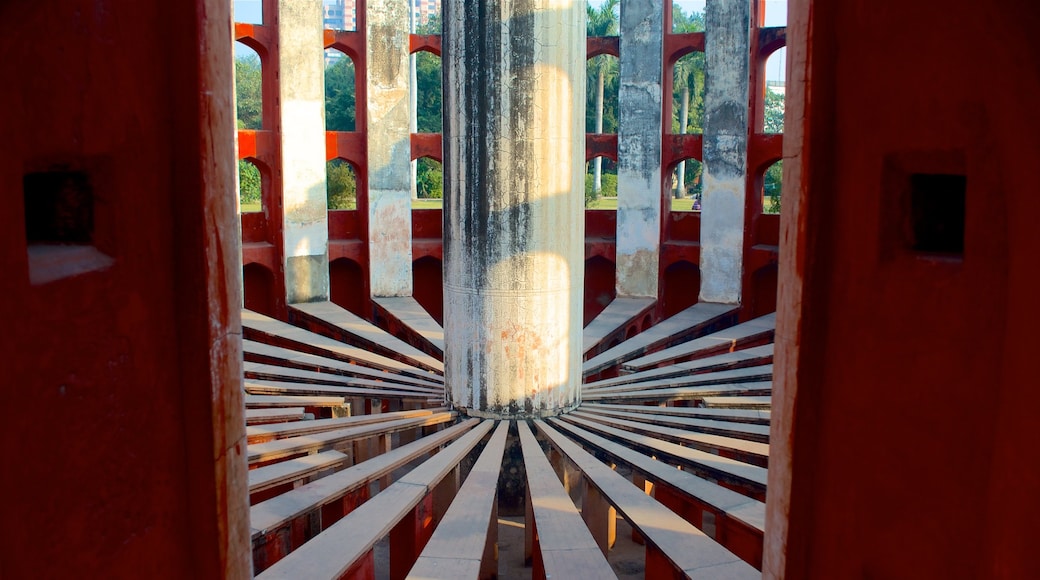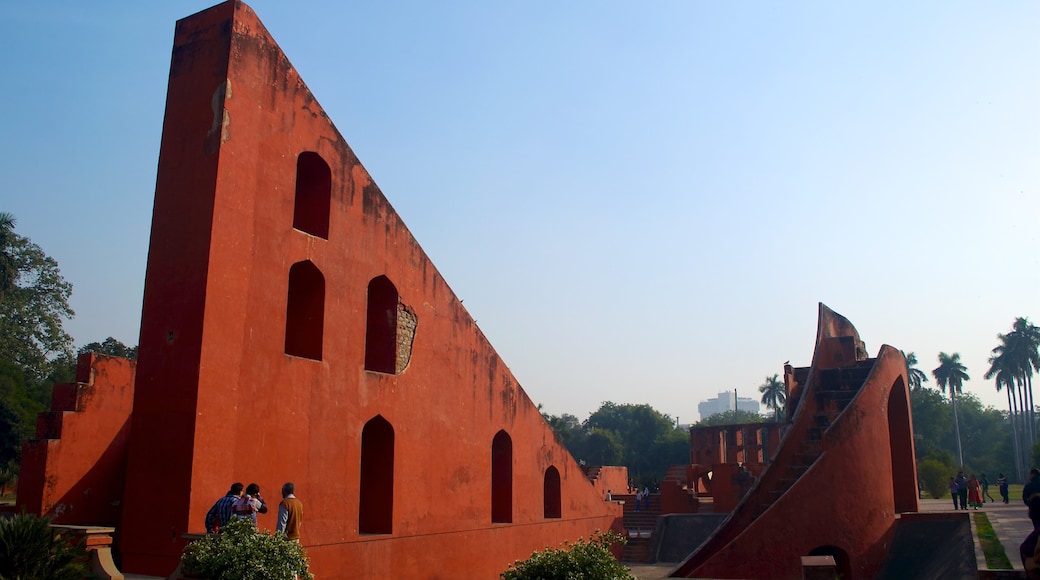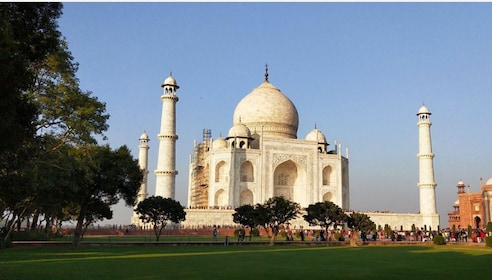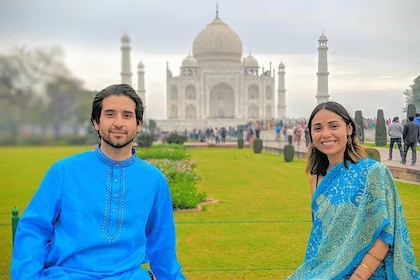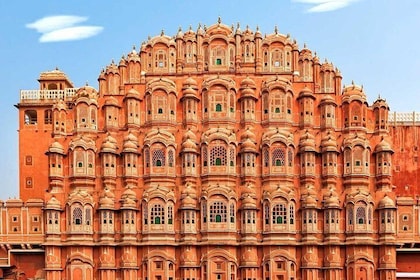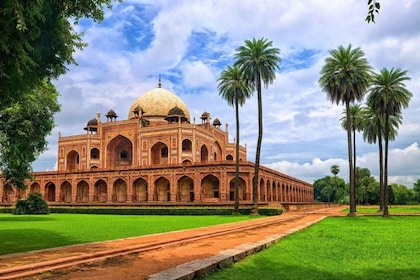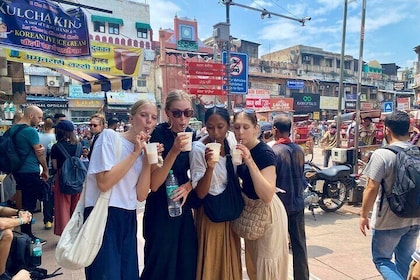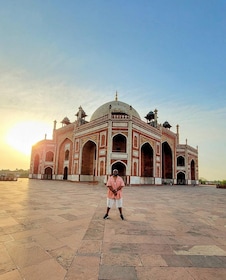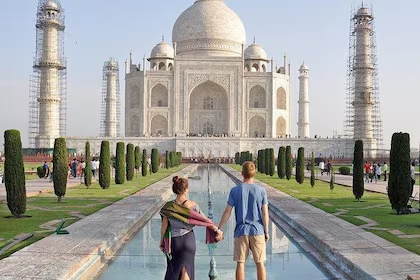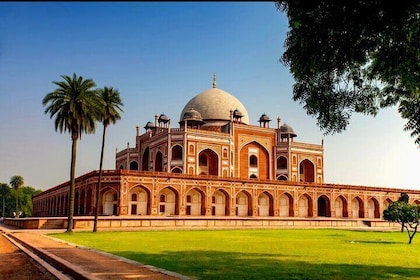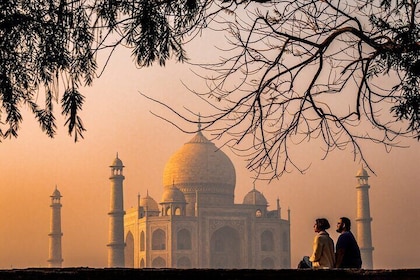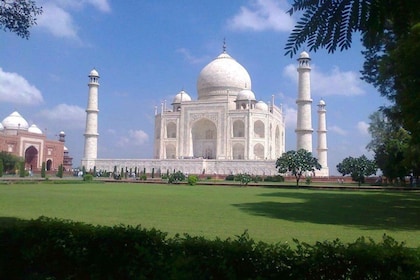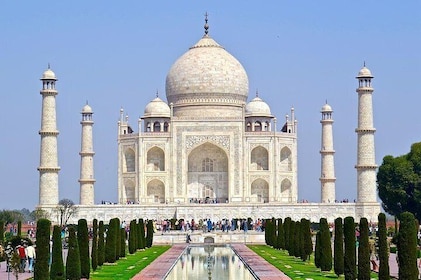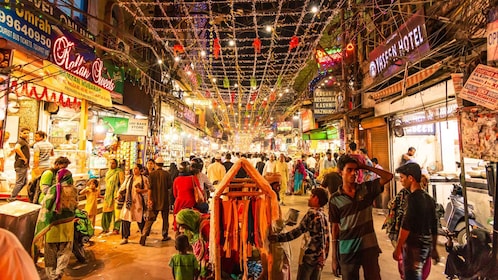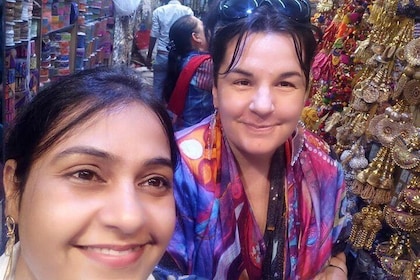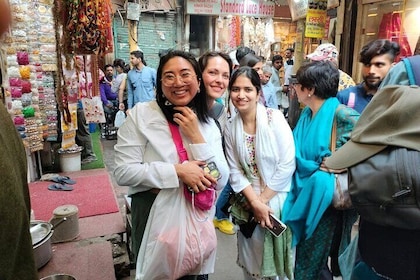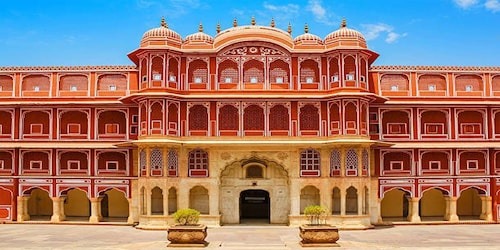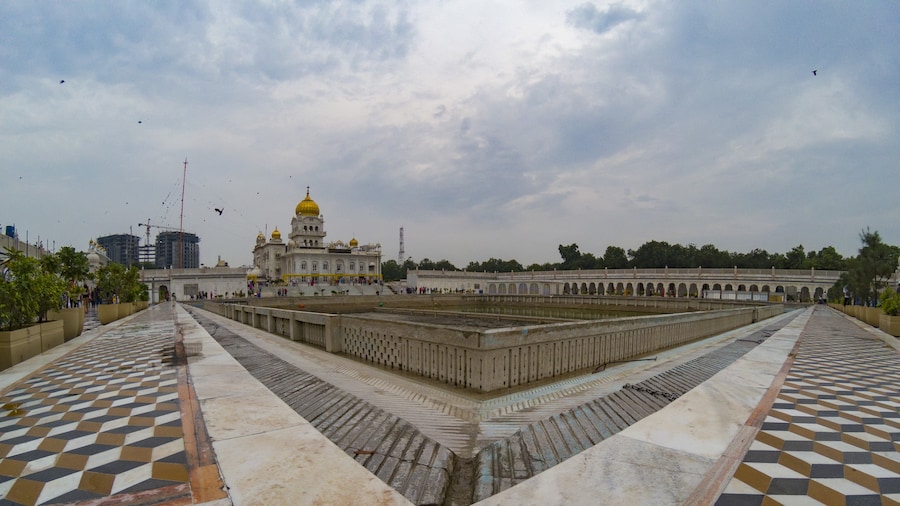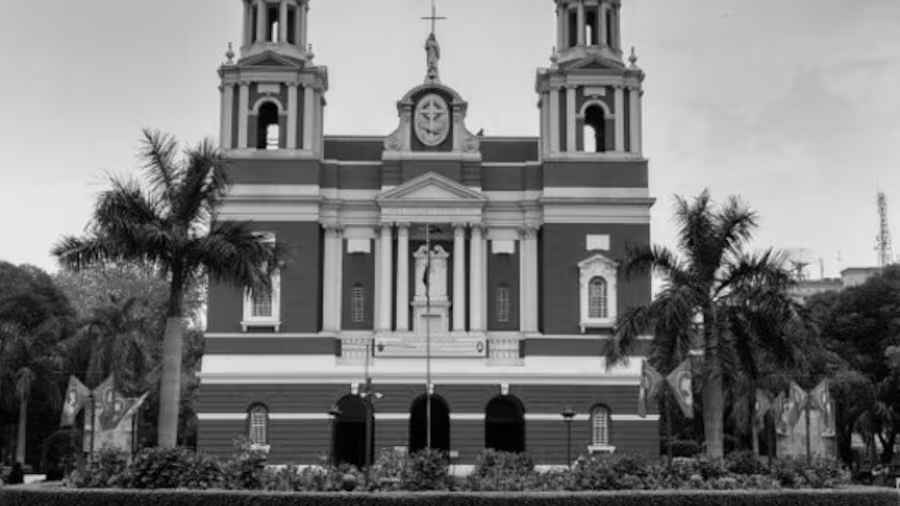This ancient observatory contains a number of curious astronomy tools and is a beautiful sight while exploring the surrounding gardens.
Venture into the history of Indian science at The Jantar Mantar. This astronomical observatory features an eccentric design, which can be enjoyed from one of many surrounding gardens. Take a couple of hours to explore the grounds.
The observatory was constructed 1724, as ordered by the Maharaja Jai Singh of Jaipur. Its purpose was to allow cartographers to map the positions of stars and the movements of planets in our solar system. The tall buildings that surround the observatory now limit its use, but it serves as a memorial to 18th-century architectural ingenuity. Its grand structure remains one of the largest and oldest observatories in the world.
The guided tour is an informative experience that grants an insight into the scientific practices of 18th-century India. Learn about the ancient dials and devices used to track planets, centuries before the advent of electronics. Amongst them, the Samrat Yantra sundial used triangulation to follow astronomic patterns. It stands 20 metres (70 feet) tall. Discover the Misra Yantra, which was used to determine the shortest and longest days in the year. This incredible tool can even tell when it is midday in several cities around the globe.
Before returning the busy streets of New Delhi, take a moment’s break in the grounds’ pretty gardens. These manicured parklands are a popular meeting spot for families and friends due to its central location in the city. They are best visited before or after noon, as the peak of the midday can get very hot out in the open.
The opening hours of the observatory last from sunrise until sunset. An admission fee is charged that is different for Indians and foreigners. Filming on location may require an extra payment.
Find the Jantar Mantar on Parliament Street, near the centre of New Delhi. This location is served by two public transport routes: the Patel Chowk metro station and a bus stop at the entrance. After a visit, see the nearby Gole Market or Central Park.
